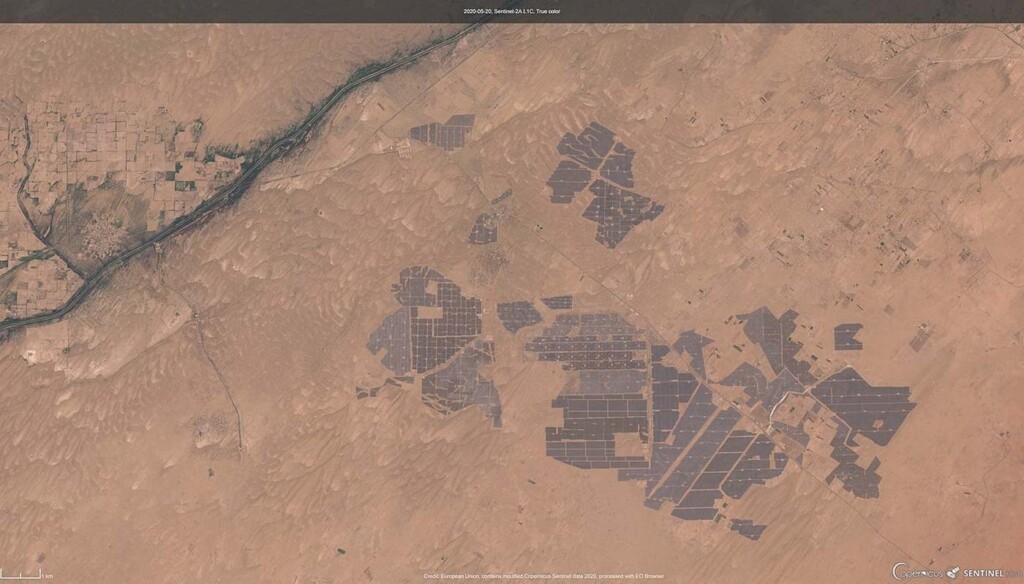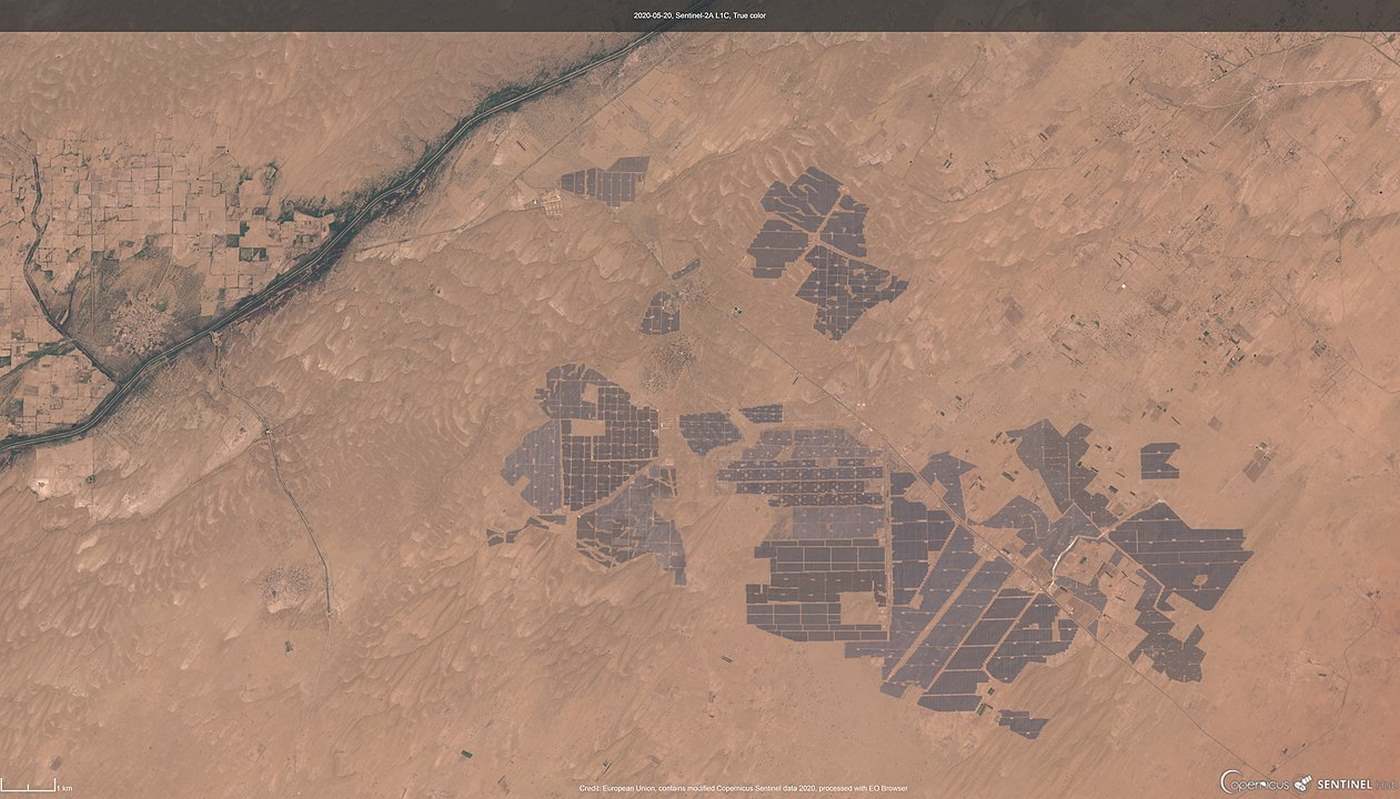
The Khavda solar and renewables park in a barren salt pan in India’s state of Gujarat is going to be big; really, really big.
Its aim is for 30 gigawatts—as much as the national grid of Switzerland. It will sprawl out across an area of lifeless desert five times the size of Paris costing $20 billion, and generate enough to power 16 million Indian homes.
In fact, this one renewables farm is estimated to provide 9% of the entire Indian renewable portfolio by 2070 when it finishes in a few years. The project involves solar panels, wind turbines, and battery storage.
“A region so large, a region that is so unencumbered, there’s no wildlife, there’s no vegetation, there’s no habitation. There is no better alternative use of that land,” said Sagar Adani, the executive behind all the powers and departments making the project possible.
Nephew to India’s second-richest man, Adani is the executive director of Adani Green Energy Limited (AGEL) a subsidiary of the Adani Group, India’s largest coal-power owner-investor.
It’s inspiring to see a family that has a net worth of $100 billion directing its resources, both corporate and personal, to a project of the scale of Khavda, which is set to be the largest renewable power plant on Earth.
The Adani Group plans to invest $100 billion into energy transition over the next decade, with 70% of the investments earmarked for clean energy, according to CNN.
MORE INDIA NEWS: Poverty Rate in India Drops Below 5% First Time Ever as Rural-Urban Divide Shrinks
In 2021, Prime Minister Narendra Modi pledged that India would achieve net zero emissions by 2070, and the scale of the Khavda project is likely to be music to his ears.
India bulls see the economic future of the subcontinent as one of perhaps unprecedented growth, with 6% annualized expansion, and 600 million people entering the middle and upper-income brackets in the next 10 years alone.
ALSO CHECK OUT: Largest US Solar Storage Project Goes Online – Enough for a Quarter Million Homes
Such flourishing requires energy, and the demand in the country for air conditioning alone is expected to overtake all of Africa by 2050.
On such a scale, it’s unsurprising that Sagar Adani has stopped reading and calculating numbers on the Khavda plant—they’re too big and too abstract, he says, and it sounds like that’s how it ought to be if India is going to avoid the worst of 1.5°C of warming.
SHARE This Great Climate News With Your Friends…




















